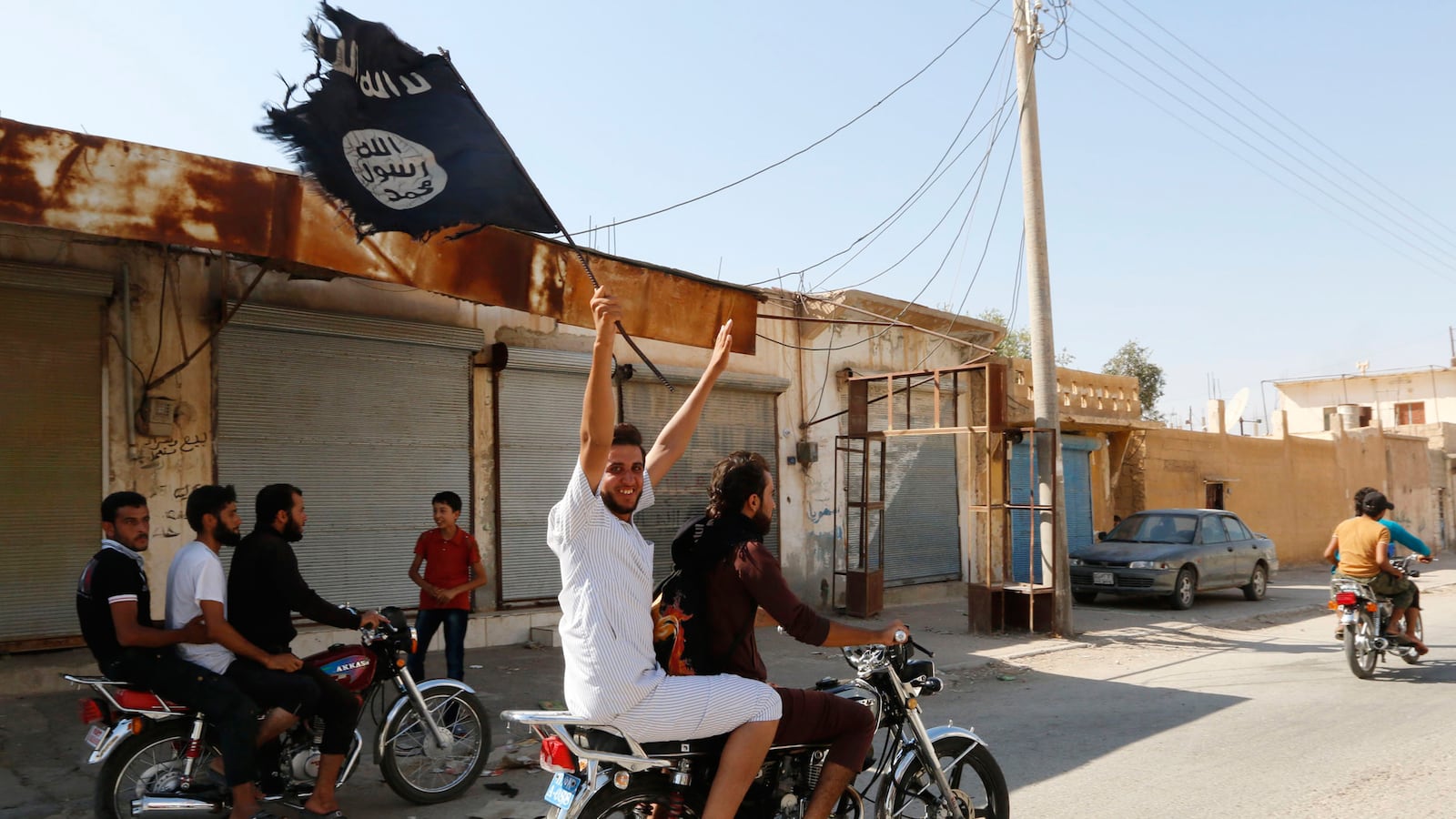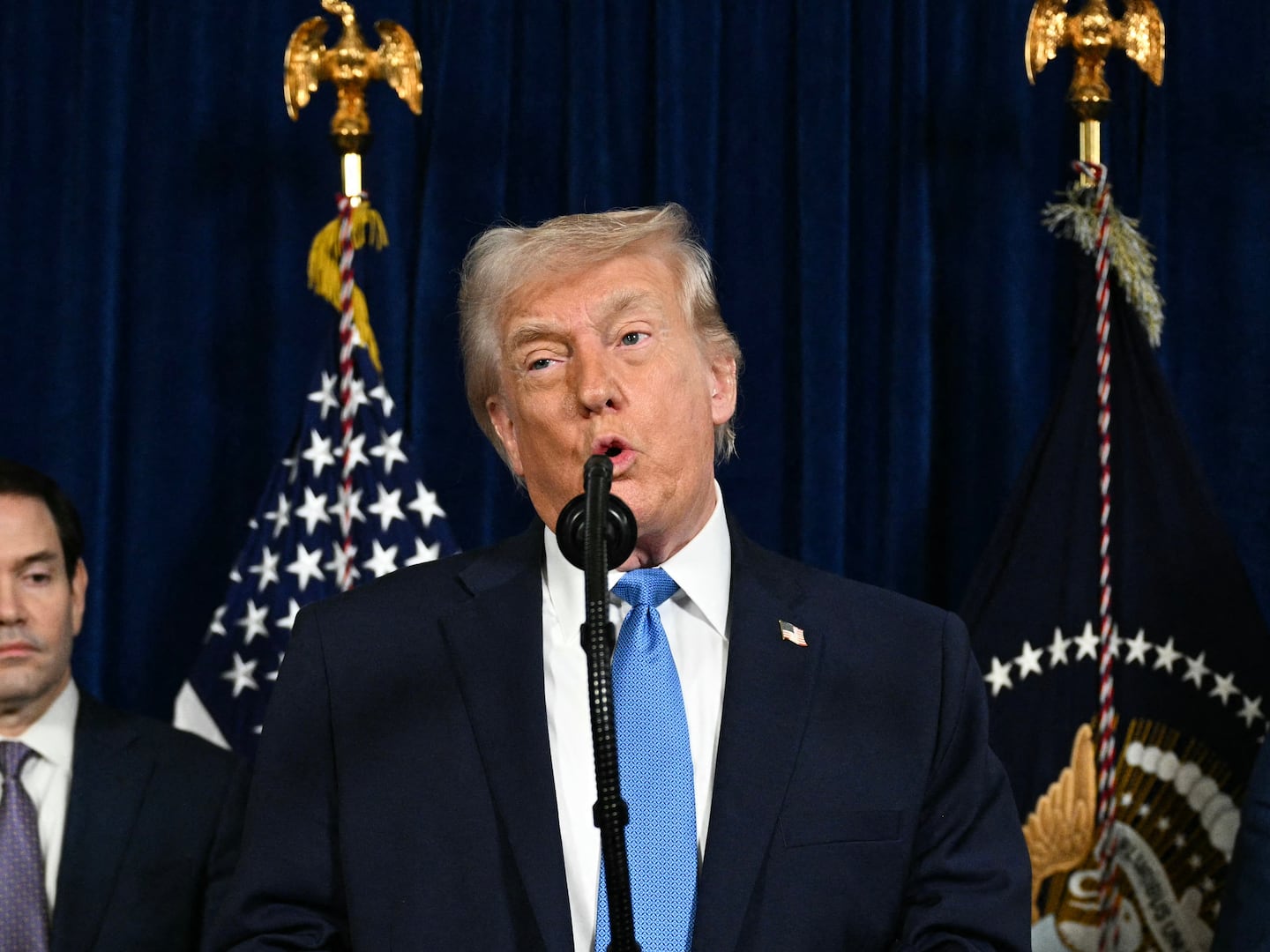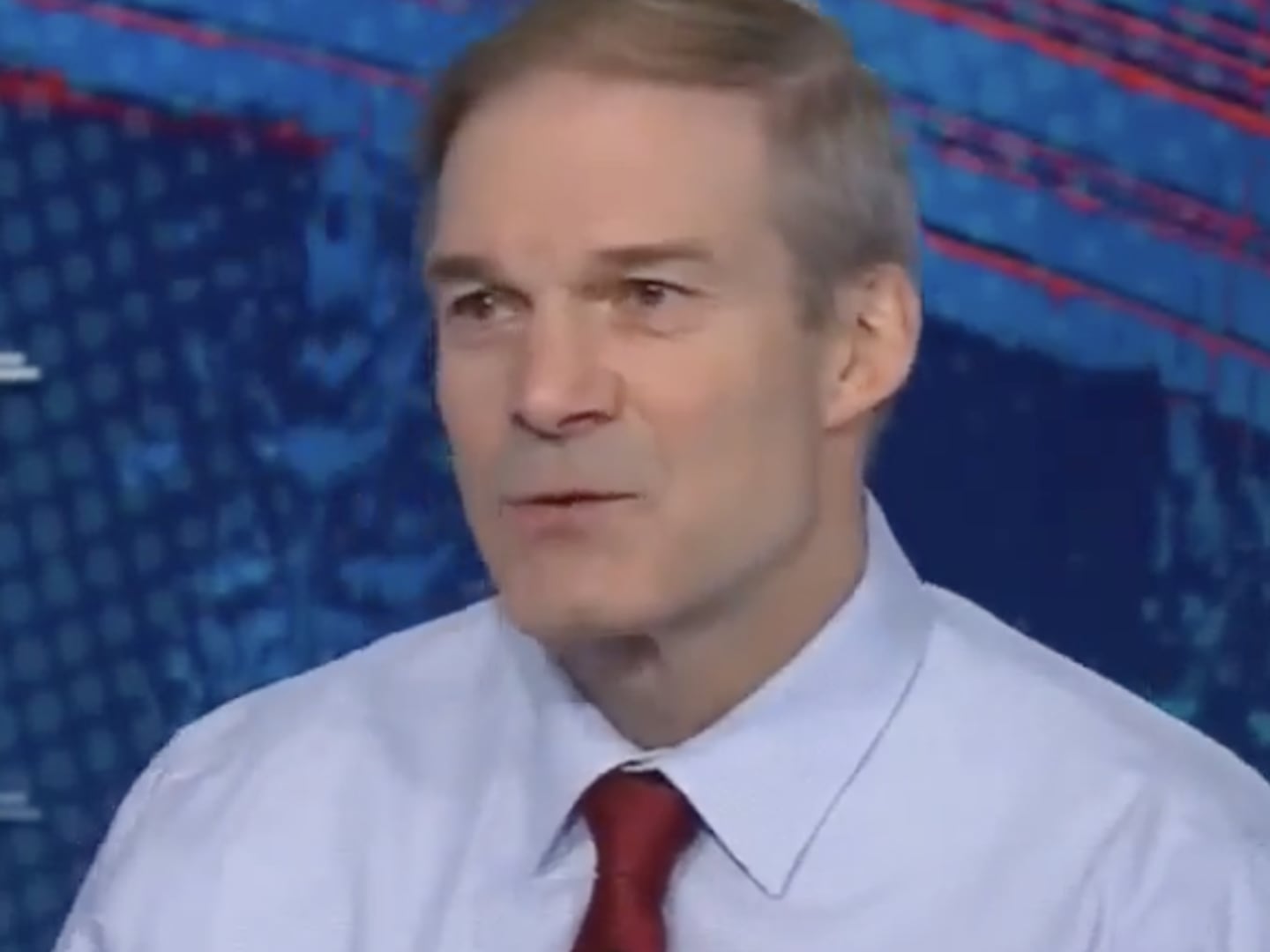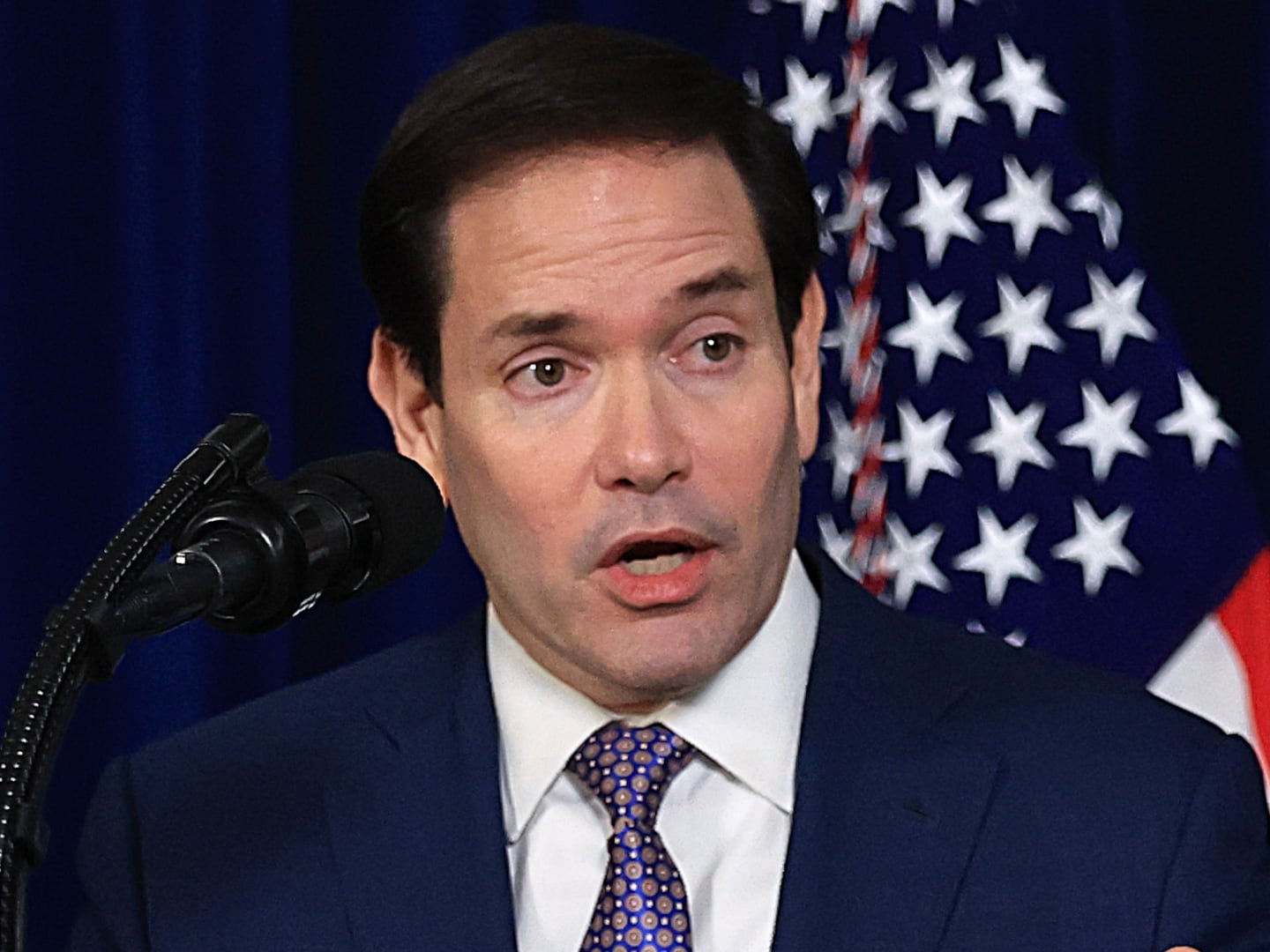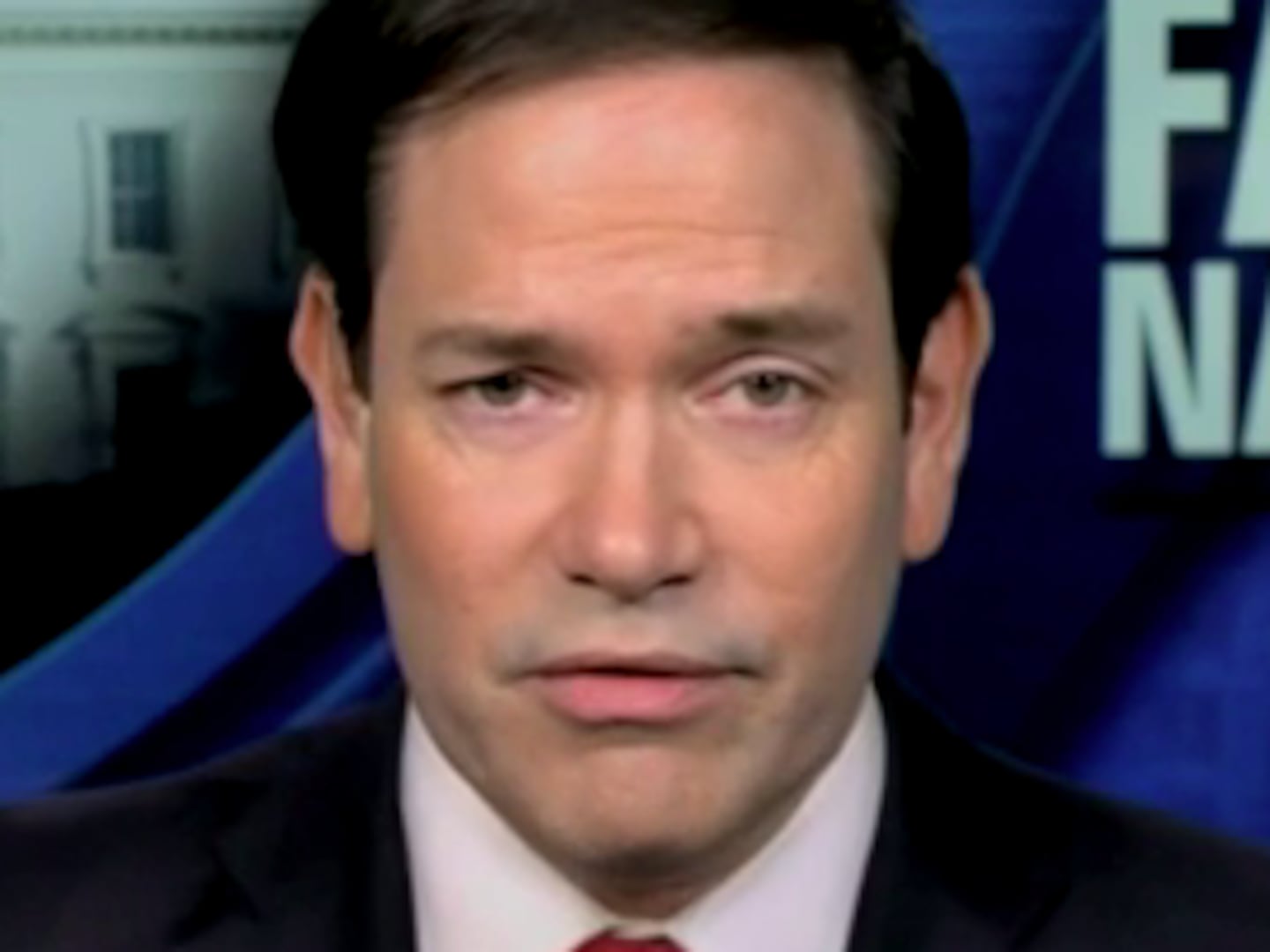If you’re looking for a single, simple explanation for the rise of the Islamic State that flatters your pre-existing politics, you’ve hit pay dirt.
Hawks and anti-imperialists alike are flogging a recently declassified U.S. intelligence report. Depending on who’s spinning it, the report either proves that Washington ignored dire warnings about the rise of ISIS or that the U.S. was in a secret alliance that fueled the jihadi army’s rise.
The same report, essentially summary observations, analysis, and predictions about the state of the war in Syria in 2012, generated both of these headlines in reaction:
“Defense Agency Report: Administration Ignored Report Warning of ISIS Threat”
“Now the truth emerges: how the US fuelled the rise of Isis in Syria and Iraq”
The document in question is a draft intelligence report from August 2012 written for the Pentagon’s Defense Intelligence Agency (DIA). The redacted version of the report was released last month in response to a freedom of information act request submitted by the conservative watchdog site Judicial Watch.
The intelligence report about Syria is just that — a report, It’s not a policy directive and there’s no proof that any action was taken based on its analysis. Nevertheless, people across the political spectrum are taking it as if it were a presidential order. Anti-Muslim bigot Pamela Geller thinks it’s a scandal because it proves President Obama knew about ISIS and chose to do nothing. Geller’s outrage is the inverse of the indignation expressed by far-leftists like the Guardian’s Seumas Milne who takes the report as proof that the U.S. abetted ISIS to sow discord in the Middle East, part of a grand divide and conquer strategy. Neither one seems to understand what they’re actually looking at.
Milne’s Guardian piece is subtler than its headline. It grants that the DIA report, “doesn’t mean the US created Isis, of course,” and adds caveats likes, “the report isn’t a policy document. It’s heavily redacted and there are ambiguities in the language.” But it assumes, ambiguities aside, that the report reveals some level of collusion with ISIS as a tenet of U.S. policy seeking to inflame sectarianism. “For the past year, US, British and other western forces have been back in Iraq, supposedly in the cause of destroying the hyper-sectarian terror group Islamic State,” Milne writes. Supposedly, that’s why they are there but the report, Milne suggest, shows otherwise.
Not only does the intelligence report not represent official policy, as some have suggested, it’s not even a finished report. In capital letters on the top of the second page, “not finally evaluated intelligence” is clearly visible. Writing about the report for his site 20 Committee, Former NSA officer John Schindler puts its in perspective:
“Having written my share of IIRs, let me explain a few things to you. First off, this report, which is classified SECRET/NOFORN (i.e. it’s far from “highly classified”) is so heavily redacted that it’s difficult to say much meaningful about it. Who filed this IIR has been taken out, and its distribution list (at least what we can see of it) is the usual alphabet soup of DoD and IC headquarters and agencies. Nothing special here, not one bit.”
That might be overstated. The report is undoubtedly intriguing, and seems to have been especially prescient on a number of matters. But, by itself, it’s only evidence of one analysis among thousands churned out yearly by the various intelligence agencies.
(Full disclosure: I was an army intelligence officer for a while, if I can mention that without implicating myself in a grand conspiracy. My experience was at the tactical level. This sort of report of regional scope and strategic implications was outside my purview.)
The DIA report is half blank from redactions, but what’s left visible states matter of factly that Salafists including ISIS’s predecessor group al-Qaeda in Iraq are the, “major forces driving the insurgency in Syria.”
That’s noteworthy for two reasons. First, because it has been interpreted by some observers as evidence that the drive to arm moderate Syrian rebel groups was undertaken in spite of the fact that the government’s own analysis acknowledged that jihadists were already dominant in Syria by August 2012. Those supporting the opposition, according to the report, include: “The West, Gulf Countries, and Turkey…while Russia, China and Iran support the [Assad] regime.”
More significantly, the report proceeds to make this prediction:
“If the situation unravels there is the possibility of establishing a declared or undeclared Salafist principality in Eastern Syria (Hasaka and Der Zor), and this is exactly what the supporting powers to the opposition want, in order to isolate the Syrian regime, which is considered the strategic depth of the Shia expansion (Iraq and Iran).”
The reference to Salafists in Syria could mean any number of groups, including those like Ahrar Al-Sham or Suqoor al-Sham, which are effectively at war with ISIS. But if we take Salafists to mean ISIS, the report describes more or less what happened with the Islamic State establishing itself in eastern Syria before expanding over the border from eastern Syria into Iraq. It provides, as right-wingers incensed by the government’s failure to heed it have noted, an accurate if limited prediction of what was in store for the region as ISIS began consolidating its power in 2012. But it’s the second part—“this is exactly what the supporting powers to the opposition want— that’s been grist for conspiracy theorists who think they’ve finally found proof that ISIS is essentially a U.S. plot.
One obvious question is: Who are those supporting powers to the opposition who were rooting for an Islamic State and do they include the U.S.?
Earlier in the report, the “supporting powers” were listed as the West, Turkey and the Gulf countries, but, as Middle East analyst Juan Cole points out, “the US wouldn’t be included in the “powers” supporting al-Qaeda-linked groups! — especially by the DIA!” Rather, the report seems to be suggesting what Vice President Biden acknowledged in a speech at Harvard last year.
“Our allies in the region were our largest problem in Syria,” Biden said. “The Turks, the Saudis, the Emiratis, et cetera. What were they doing? They were so determined to take down Assad and essentially have a proxy Sunni-Shia war what did they do?” They funded jihadi groups like al Qaeda in Iraq, according to Biden, which fed off that support and burgeoned into ISIS.
But to suggest that the intelligence report promoted the formation of the Islamic State as a policy goal for the U.S. is to ignore what it says in the next paragraph.
“The deterioration of the situation has dire consequences in the Iraqi situation and are as follows:
1. This creates the ideal atmosphere for Al Qaeda in Iraq AQI [the earlier incarnation of ISIS] to return to its old pockets in Mosul and Ramadi, and will provide a renewed momentum under the presumption of unifying the jihad among Sunni and Iraq and Syria, and the rest of the Sunnis in the Arab world against what it considers one enemy.”
Not exactly an endorsement of the coming caliphate.
The name on the report is redacted but whoever wrote deserves credit. Clearly they got a lot right: the endurance of the Assad regime, the ascendance of the jihadist elements in Syria to their sponsorship by some U.S. allies and how those policies would lead to a jihadi state that would have dire consequences for Iraq.
The report raises some important questions but it’s a mistake to think it answers them. The DIA could do itself and the public a favor by addressing the 3 year-old declassified report instead of responding to inquiries with variations on “no comment” as it did when approached by journalist Brad Hoff.
Even if the White House had missed the 2012 report entirely, it had a briefing from DIA head Michael Flynn in February 2014, predicting “ISIL probably will attempt to take territory in Iraq and Syria in 2014, as demonstrated recently in Ramadi and Fallujah.” Two months after he made the speech Flynn was out at the DIA, reportedly fired. Two months after that ISIS captured Mosul and began sweeping across Iraq.
The Obama administration, whatever the faults of its policies towards Syria and ISIS, wasn’t weighing any decisions based on a single seven-page document. Or six pages, if you count the cover sheet.

